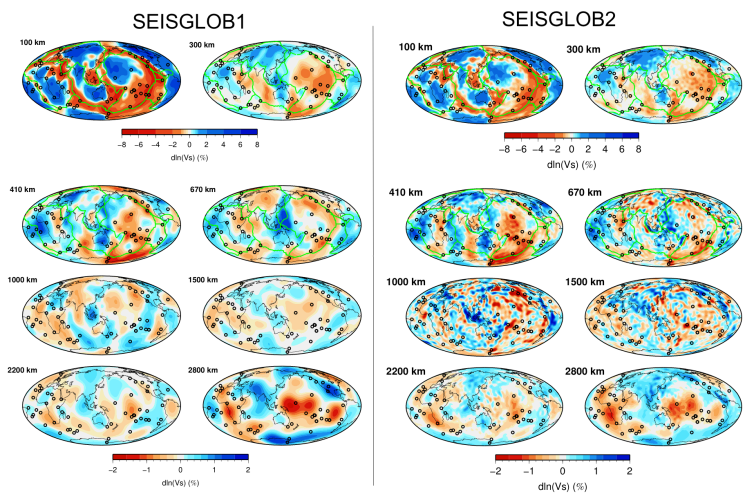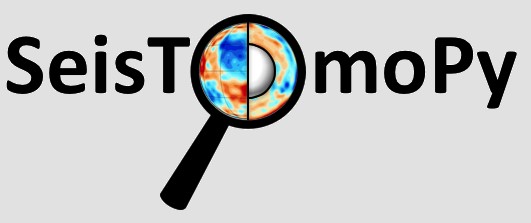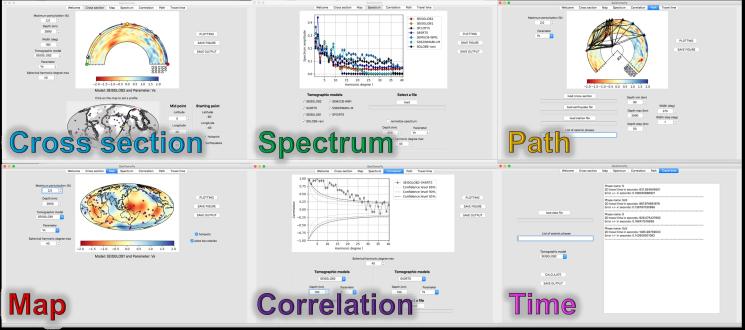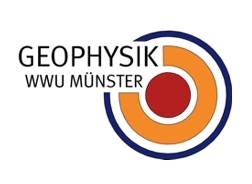Global tomography
Seismic tomography is a powerful tool to investigate the dynamic of the Earth's interior. In the last 10 years, the resolution of whole mantle seismic models has improved (Ritsema et al., 2011; Moulik & Ekstrom, 2014; French & Romanowicz, 2014) thanks to the continuously increasing number of seismic data and the improvement of theories. In this project, we built two new shear velocity tomographic models of the Earth's mantle:
- SEISGLOB1, a pure SV model of the entire mantle designed to study the large-scale structure across the D'' region (Durand et al., 2016). It is based on normal mode self- and cross-coupling data that allows us to constrain the large scale odd spherical harmonic degrees in the whole mantle. These normal mode data are combined with Rayleigh surface wave data including the fundamental and higher modes measured by Durand et al., (2015).
- SEISGLOB2, a more refined shear velocity tomographic model. It is based, in addition of normal mode and surface wave data, on body wave measurements including S, SS, and ScS waves.
The lateral velocity variations are imaged using spherical harmonics developed up to the spherical harmonic degree 20 in SEISGLOB1 and degree 40 in SEISGLOB2 while for the variations in the radial direction we use a combination of 21 splines functions as in Ritsema et al. (2011).


We also developed SeisTomoPy, a new Python tool that facilitates the use of a suite of tomographic models available to the public, with a single program. We placed particular emphasis on providing a tool that will be freely available on a GitHub platform (see link below) and that is based on free software, Python and Fortran. SeisTomoPy provides six tools that allow to visualize tomographic models, compare them and extract information for further scientific purposes. The tool comes with a graphical interface with intuitive buttons and simple parameters but the same information can also be gained by using the Python classes that can be run routinely in Python scripts. By facilitating the wider use of tomographic models, SeisTomoPy aims at encouraging a wider community of geophysicists to explore tomographic models in more detail.
https://github.com/stephaniedurand/TomoPy_Valpha1.1_Python36

People:
Stephanie Durand, Post-doc
Eric Debayle, Professor
Christophe Zaroli, Lecturer
Sophie Lambotte, Lecturer
Rafael Abreu, Post-doc
Internship opportunities:
If you are a bachelor or a master student, if you want to learn more about seismology and if you want to experience the life in Münster there are possibilities for us to propose internships on this topic. For this please contact Dr. Stephanie Durand (durand@uni-muenster.de).
Further reading :
Durand, S., Debayle, E., Ricard, Y., 2015, Rayleigh wave phase velocity and error maps up to the fifth overtone, , Geophys. Res.Lett, 42, 3266-3272.
Durand, S., Debayle, E., Ricard, Y., Lambotte, S., 2016, Seismic evidence for a change in the large scale tomographic pattern accross the D" layer, Geophys. Res.Lett, 43, 7928-7936.
Durand, S., Debayle, E., Ricard, Y., Zaroli, C., Lambotte, S., 2017, Confirmation of a change in the global shear velocity pattern at around 1,000 km depth, Geophys. J. Int, accepted
Durand S., R. Abreu, C. Thomas, 2017, SeisTomoPy: Python tools for looking into the Earth, Seis. Res. Lett., submitted
French, S.W., Romanowicz, B., 2014, Whole-mantle radially anisotropic shear-velocity structure from spectral-element waveform tomography, Geophys. J. Int, 199, 1303-1327.
Moulik, P., Ekström, G., 2014, An anisotropic shear velocity model of the Earth's mantle using normal modes, body waves, surface waves and long-period waveforms Geophys. J. Int, 199, 1713-1738.
Ritsema, J., Deuss, A., van Heijst, H.J., Woodhouse, J.H., 2011, S40RTS: a degree-40 shear-velocity model for the mantle from new Rayleigh wave dispersion, teleseismic traveltime and normal-mode splitting function measurements, Geophys. J. Int, 184, 1223-1236.

